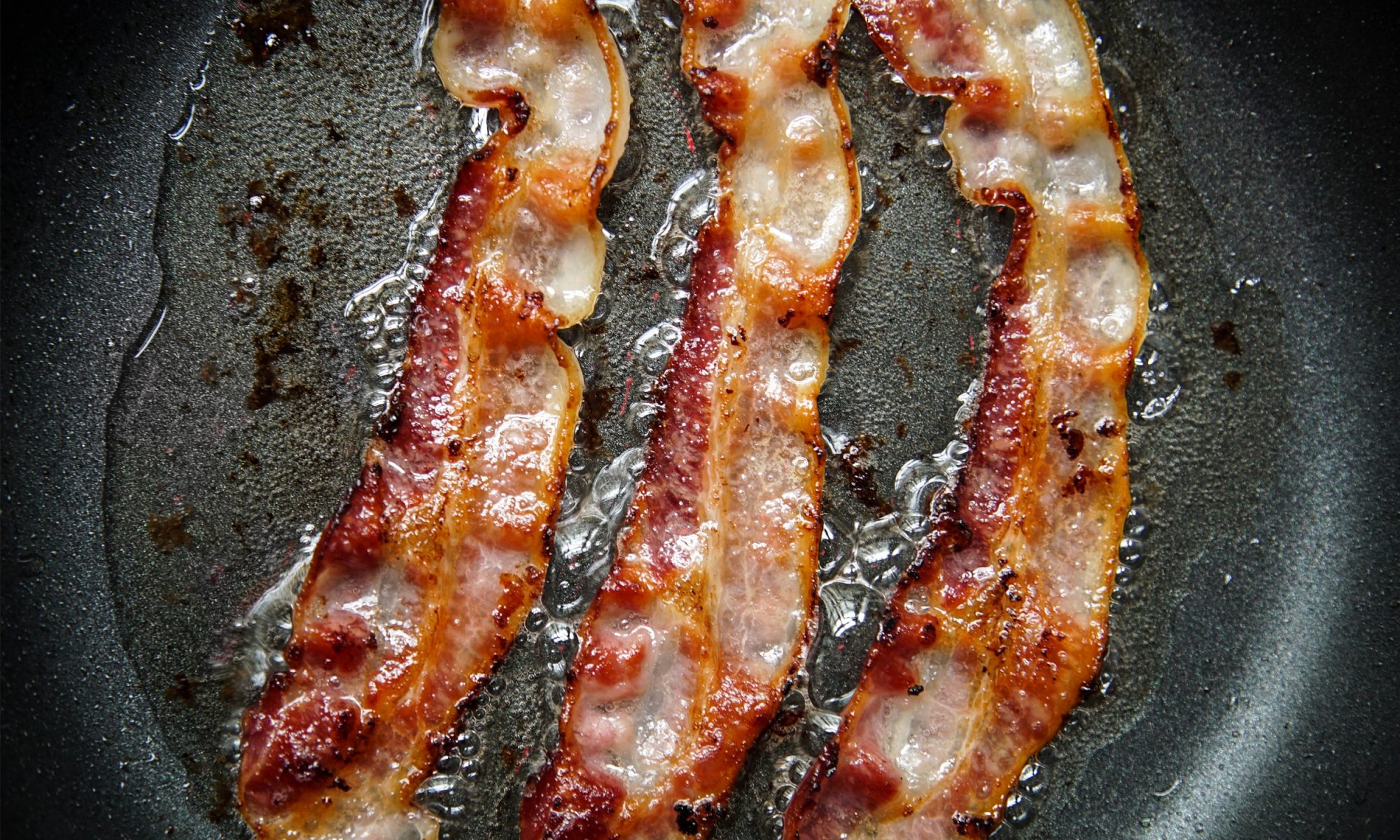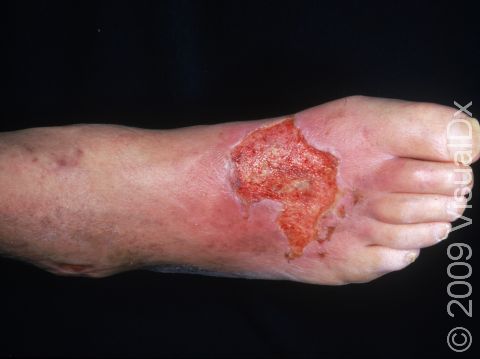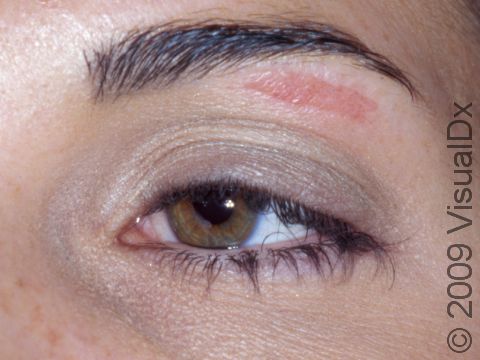Bacon grease burns are unfortunately a common cooking injury The hot grease can cause immediate pain and damage to the skin. Knowing what to put on a bacon grease burn is crucial for providing relief and preventing further injury
In this comprehensive guide, we’ll cover everything you need to know about treating bacon grease burns, from instant first aid steps to longer-term care. Read on for tips and treatment options to soothe the pain and help your skin heal.
First Aid for Bacon Grease Burns
When you first get burned by bacon grease, quick action is key Here are the immediate steps you should take
-
Cool the Burn: Hold the affected area under cool, running water for 15-20 minutes. This stops the burning process and prevents further damage. Avoid icy water, which can damage the tissue.
-
Remove Jewelry/Constricting Items: Remove anything constricting from the burned area, like rings or tight clothing. This prevents circulation issues and swelling.
-
Protect the Skin: Cover the burn loosely with a sterile gauze or clean cloth. Try to avoid linty or fuzzy materials that could stick.
-
Take Pain Medication: Over-the-counter medications like ibuprofen, aspirin or acetaminophen can relieve pain and inflammation. Follow dosage instructions.
-
Get Medical Help for Severe Burns: Seek emergency care for large, deep burns or ones on sensitive areas like the face.
These first aid steps provide immediate relief while protecting the skin from infection. Continue caring for the burn at home with evidence-based treatments.
Aloe Vera for Bacon Grease Burns
One of the most highly recommended home remedies for burns of all kinds is aloe vera. The clear gel from inside the aloe leaf has powerful soothing and healing properties.
For a bacon grease burn, aloe vera should be applied frequently, up to 3-4 times per day. Follow these tips:
-
Use 100% pure aloe gel, without added ingredients.
-
Gently spread a thick layer over the burned skin without rubbing.
-
Allow to fully absorb before bandaging or covering.
-
Reapply whenever the area feels dry or tight.
The natural enzymes and antioxidants in aloe vera calm inflammation, ease pain, and support new skin cell growth. It also creates a protective barrier to prevent infection. Just be sure to use a fresh leaf or high-quality gel.
Antibiotic Ointments and Creams
Applying an antibiotic product is highly recommended for burns to prevent bacterial infection. Ointments or creams containing bacitracin, neomycin or polymyxin B provide antibacterial action.
When using antibiotic ointment on a bacon grease burn:
-
Wash hands thoroughly before applying.
-
Spread gently over burned area 1-2 times per day.
-
Cover with a sterile bandage, changed daily.
-
Watch for signs of infection like increased redness/swelling.
-
Consult a doctor if the burn worsens or feels infected.
The barrier of the ointment seals out germs and bacteria that could enter damaged skin. Continue use until the burn is fully closed and healed.
Burn Relief Creams and Gels
Specialized creams and gels can also be very effective for soothing bacon grease burns. Look for ones containing ingredients like:
- Lidocaine – For immediate numbing and pain relief
- Aloe vera – To reduce inflammation and encourage healing
- Vitamin E – To prevent skin scarring
- Tea tree oil – To prevent infection with antimicrobial action
When applying a burn relief cream:
- Choose a product suitable for minor kitchen burns.
- Apply a thick layer 1-2 times per day after cleaning the area.
- Reapply whenever the skin feels tight, dry or painful.
- Avoid rubbing or massaging the cream onto burnt skin.
Use relief creams containing natural ingredients when possible. The numbing and protective properties accelerate the skin’s healing process.
Honey for Burns
You may be surprised to learn that honey is an effective home remedy for burns. Its antibacterial and anti-inflammatory properties help prevent infection while soothing and healing the skin.
To use honey for a bacon grease burn:
-
Wash hands and the burn. Apply a thick layer of pure, raw honey.
-
Cover with a sterile bandage or gauze. Change daily.
-
Honey reduces pain, swelling and oozing. Use until healed.
-
Manuka honey has extra antibacterial benefits. But regular honey works too.
Honey creates a protective barrier, while drawing moisture into the skin to encourage new cell growth. Just be sure to use high-quality honey.
What Not to Put on a Bacon Grease Burn
When it comes to burn care, some conventional wisdom can actually be harmful. Avoid these treatments for bacon grease burns:
-
Butter or greasy ointments – Can seal in heat and worsen the burn.
-
Ice – Can cause further skin damage when applied directly.
-
Cotton balls – Fibers can stick to damaged skin. Use non-stick gauze instead.
-
Ointments with pain relievers – Ingredients like menthol provide a cooling sensation but don’t speed healing.
-
Home remedies like potato slices or egg whites – No evidence they work and may introduce bacteria.
-
Popped blisters – Removes protective skin layer and risks infection. Leave blisters intact.
Stick to evidence-based treatments recommended by doctors and medical experts. Avoid anything that could potentially introduce germs or slow the healing process.
When to Seek Medical Treatment
While many bacon grease burns can heal with proper home treatment, some may require medical care. Seek emergency help for:
- Burns larger than a few inches across.
- Burns that blister significantly or damage deeper skin layers.
- Burns on the face, hands, feet or genitals.
- Signs of infection like increasing redness/swelling, fever, chills, oozing.
- Extreme pain that is not relieved by over-the-counter medication.
- Burns on children or the elderly.
Severe burns often require prescription antibiotic creams/ointments, fluid replacement, wound care and pain medication that is closely monitored. Don’t hesitate to call 911 or visit an urgent care clinic or ER.
Preventing Bacon Grease Burns
The best solution is to avoid bacon grease burns in the first place through careful handling. Follow these tips for safety:
-
Use long-handled cooking tools and wear sleeves when frying bacon.
-
Allow bacon grease to slightly cool before disposal.
-
Pour slowly into a heat-safe container, away from your body.
-
Wear an oven mitt or use a hot pad when removing pans from the oven.
-
Keep kids and pets away during cooking and disposal.
-
Clean up spills immediately to prevent slips.
With caution, you can enjoy bacon without the risk of painful burns. But if an accident does happen, now you know exactly what to put on a bacon grease burn for relief and healing. Follow these evidence-based first aid and treatment tips to help burned skin recover quickly.

Images of Burns, First Aid (


Burns happen when skin comes into direct contact with or is exposed to very hot or cold temperatures, friction, electricity, chemicals, or electricity. First-degree burns are superficial with red skin, pain, and no blistering. Second-degree burns involve destruction of the second layer of skin, causing blistering, swelling, and pain. Third-degree burns involve destruction of all layers of the skin, including fat, muscle, blood supply, and sometimes bone. Third-degree burns do not have pain associated with them.
People usually get airway burns from breathing in smoke, steam, or toxic fumes. These burns can happen in the nose, throat, or windpipe. The airway swells, which can cause suffocation. It is often difficult to determine the extent of airway burns.
When trying to figure out how bad a burn is, which is mostly based on its size and depth, it’s important to do so. When in doubt, treat as a serious burn.
All first-degree and second-degree burns that are less than 2 to 3 inches across are called minor burns, and the First Aid Guide below tells you how to treat them. Seek professional medical care for burns that do not fit the above criteria.
First Aid Guide General self-care measures for minor (first-degree and some second-degree) burns are as follows:
- Run cold water over the hurt area or soak it in cold water for 10 to 15 minutes. Important: Do not put ice on the burn directly unless it is in the mouth.
- Scrub the area dry with a clean or germ-free cloth and put a clean, dry, non-sticky dressing over it.
- Pain killers like acetaminophen (Tylenol), ibuprofen (Advil, Motrin), naproxen (Aleve), or aspirin can help. However, aspirin should never be given to kids or teens younger than 18 years old.
- Keep putting on clean, dry bandages and change them every day until the burn is healed.
For severe (extensive second-degree and all third-degree) burns, contact emergency help immediately. While awaiting professional medical care, self-care measures are as follows:
- Do not come into contact with smoke or heat again. Do not take off the person’s clothes or put cold water on the burns.
- Conduct CPR if necessary.
- Put a cool, wet cloth or bandage over the hurt area.
Chemical burns need immediate first aid while waiting for medical care. This can lessen the harmful effects of the chemical. Your local Poison Control Center can best provide this information. The following general measures can be taken while awaiting professional care.
- Take off any clothing or other items that the person who came into contact with the chemical had on. Be careful not to spread the chemical to other places.
- Continually flush the affected area with fresh water.
- After 15 minutes, put cool, wet compresses on the area to help ease the pain.
- Cover the burn with a loose, dry, sterile bandage to keep it from rubbing.
Note: Do not leave the victim alone, and watch for signs of shock.
If you get burns in the eyes, you should see a doctor if the white part around the eye swells, if you have trouble seeing, or if the burn is otherwise serious. General first aid is as follows:
- Clean the eyes with cool water; stop using water if it hurts.
- Using light pressure, apply a cool compress to the eye.
Note: Do not rub the eye, and do not cough or breath on the burn.
Burns affect all people of all ages, races, and sexes.
Burns can happen at any time.
Depending on how bad the burn is, it can look different, but most burns leave behind red, white, or charred skin that peels, swells, and blisters.
- Minor burns are the size of a quarter or smaller. Burns of the first or second degree that are less than 2 to 3 inches across and not on the hands, feet, face, groin, buttocks, or over a major joint are called minor burns.
- Burns that are very bad are deep and may cover a lot of body or more than one area. Second-degree burns on the hands, feet, face, groin, buttocks, or over a major joint that are bigger than 2 to 3 inches are severe burns. The same goes for ALL third-degree burns.
Burns on the airways can look like a charred mouth, burned facial hair, burns that can be seen on the head, face, or neck, and coughing or trouble breathing.
The physician will likely determine the extent of the burn. In the case of an airway burn, bronchoscopy or lung scan may be done. A germ-killing solution will be used to clean the wound. If needed, the dressing will be changed, and care instructions for at-home use will be given. If necessary, a tetanus vaccine will be given and surgical procedures will be discussed (eg, skin grafts).
Get medical help right away if you have a third-degree burn or a second-degree burn that is more than 2–3 inches across, on your hands, feet, face, groin, buttocks, or over a major joint. Do not decide if you need to see a doctor based on how much pain you are in; most severe burns are not painful.
If a burn has caused shock, which looks like pale, sweaty skin, blue lips and fingernails, less alertness, and general weakness, you should get medical help right away.
Get medical help right away if a burn shows signs of infection, like more pain, redness or red streaks going toward the heart, swelling, discharge, or swollen lymph nodes.
Last modified on June 1st, 2023 at 11:46 am

What To Do For a Grease Burn | OSUWMC Comprehensive Burn Center
FAQ
How do you treat a burn from bacon grease?
What not to do with a grease burn?
What to do when hot oil splashes on your hand?
How do you treat a grease burn?
For severe grease burns, taking plenty of medication and undergoing reconstructive surgery is essential. False, because the correct statement is: It was wrong to treat his burn using a moisturizer with aloe vera. False, because the correct statement is: As an immediate treatment, he should rinse or cool the affected area using tap water.
What can you put on a burn?
Some things you can put on a burn include: Aloe vera: With minor burns, like a sunburn, aloe vera helps soothe and moisturize skin. There’s also evidence that aloe vera may help with skin healing . Cool compresses: A cool compress relieves pain and soothes skin.
How do you treat a third-degree burn?
When treating a third-degree burn you should clean the area quickly and thoroughly first. DO NOT run a severe burn underneath water. After the wound is as clean as you can get, cover the wound with a clean cloth or bandage as you make your way to the emergency room.
Is a hot grease burn a second degree burn?
Burns caused by hot grease are second-degree burns and require proper care to prevent infection or scarring 1. Depending on the severity of the grease burn, different methods of treatment are recommended. As always, if you have questions or concerns, contact a medical professional for assistance.
